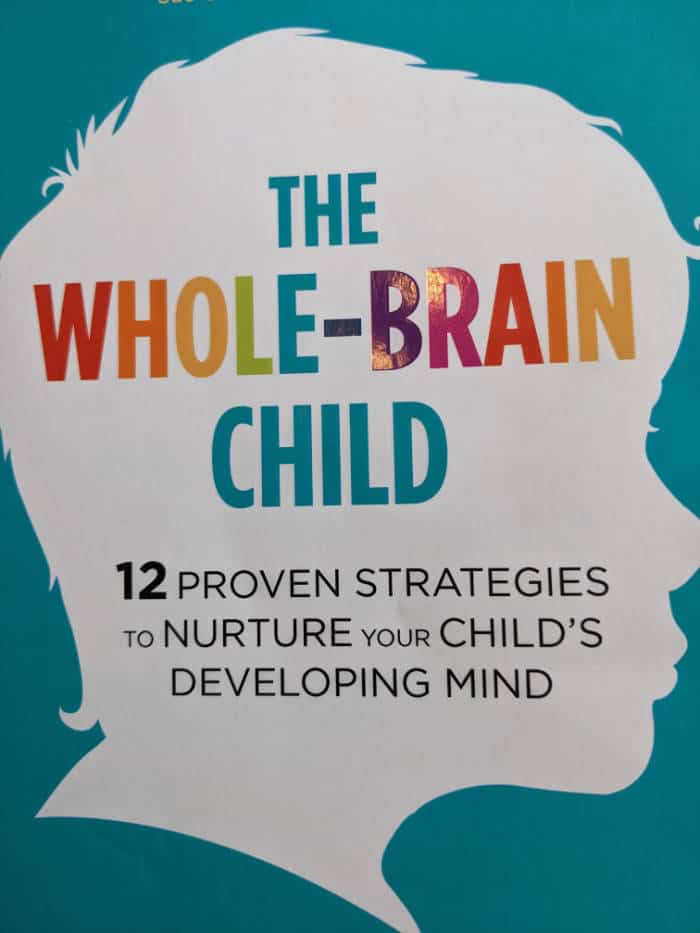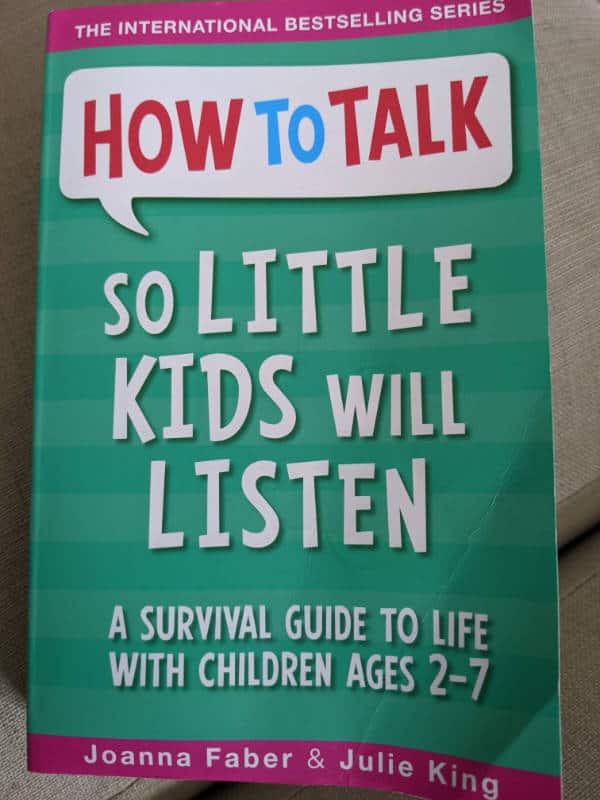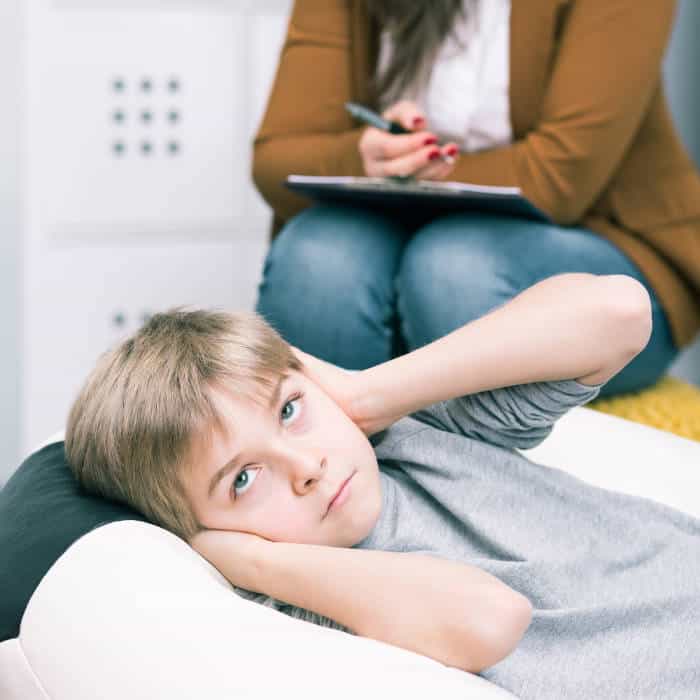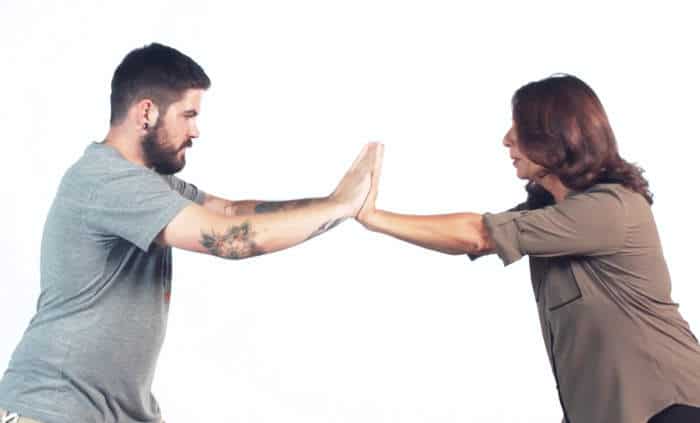Search anywhere for a parenting book that’ll help you with power struggles, communication with your children, teaching children self-respect or dealing with misbehaving teens. What will you find? I’m betting a copy of ‘Positive Discipline’ or if not one of it’s more specialised sub-category books will appear.
This book has been around for a long time. But did you know that the psychology behind it has been around even longer? Why does it always crop up and why is it thought of as the gold standard in parenting guides by so many people?
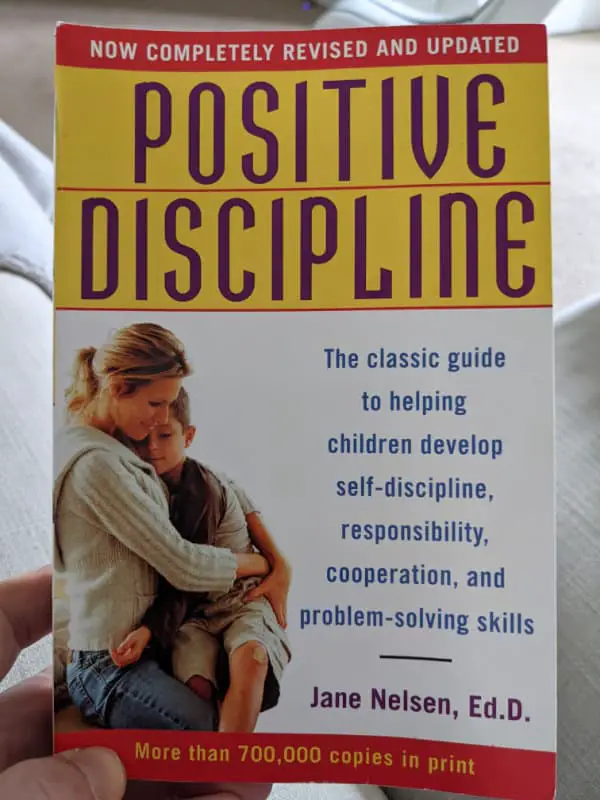
What does it promise?
From three year olds to rebellious teenagers, this a book that promises to teach you how to:
- Communicate better with your children
- Deal with power struggles
- Praise the correct way
- Allow children to keep their self-respect whilst still being held accountable
- Get children to cooperate at home and school
- Deal with the challenges of teen misbehavior
Book Overview
12 chapters that each deal with aspects of child behavior and personality traits and techniques and methods to best address those issues. Chapters on things like, the basic approach to positive discipline, looking at misbehavoir, logical consequences, class and family meetings, how to encourage effectively, sibling order and putting it all together.
Discussion within the chapters is interspersed with real life examples. Each chapter ends with a quick review and finally a set of questions (similar to a small test) to get you thinking and making sure you’ve understood what you read in that chapter.
Who’s it for?
Anyone who’s a parent of or works with children. From three year olds to teenagers. There are more specialised versions of this book for different types of parent and for different ages of children (more on that below).
Who is Jane Nelsen?
Jane Nelsen received a doctorate degree in Educational Psychology from the University of San Francisco in 1979. She puts this as secondary to the education and experience she has achieved from her successes and failures as a mother of seven children. She is currently a grandmother of 22 and the great grandmother of 15 and counting.
Review
Whilst you may have not come across them, the concepts in Positive Discipline are nothing new. This book (whilst it has been revised many times) was originally published in 1981! However the techniques and ideas inside are actually based on the works of Alfred Adler and Rudolf Dreikurs and were introduced in the United States way back in the 1930’s.
Since the first publication there have also been many more specialized books written in a similar theme to target parents fro different groups of with specific age related issues, such as:
- Positive Discipline for Teenagers
- Positive Discipline in the Classroom
- Positive Discipline for Single Parents
- Positive Discipline for Preschoolers
- Positive Discipline: The First Three Years: From Infant to Toddler
- Positive Discipline for Your Step Family
- Positive Discipline for Parenting in Recovery
- Positive Discipline in the Christian Home
- Positive Discipline for Childcare Providers
- Positive Discipline for Working Parents
I haven’t read any of these sub category books, but I’m assuming there’s not a lot of difference to the teachings in the main book. I’d guess the examples will be more slightly tailored, but the principle will be the same.
That overriding principle is that there are no bad children. All children want to belong and only misbehave to achieve one of 4 major goals. It’s understanding why that behavior occurs and how to address it and work with your children to find solutions that the book aims to teach.
This book does a lot to help try to change the way you think about children. The behaviors you have inherited from your parents may not be the best way to approach your own children. Have you ever thought that most of your consequential punishments for your kids are actually designed to hurt them? Yes it might be that taking their iPad away is your consequence to their not following your rules. But what does that accomplish?
This isn’t an easy reading book. Originally published some time ago, it doesn’t fit with todays funky and easy to pick-up and put down style of parenting book. There aren’t that many graphics or pictures, it’s 300 pages with lots of text and an ‘old style’ of formatting. However the text is well written, easy to understand and concepts are broken up with example stories of parents and children from experiences in workshops or semiars. And inside some of that text are some real nuggets of information that are worth learning.
That being said however, if you do have the time to read this book you’ll soon start to see how this 1930’s psychology is the foundation for many modern approaches to children. It’s a book that’s made me think about how I approach my children and challenged my thinking on a few key areas.
If you have the time, I’d certainly pick up a copy, read it and as the author says herself possibly read it again.
Major Takeaways
Focus on solutions not consequences. The short term gain is slower, finding solutions takes some time and some effort. But the long term gain is well worth the effort as you’ll teach your children how to accomplish this for themselves.
The 4 reasons (or mistaken goals) that cause kids to misbehave. These being undue attention, power, revenge and assumed inadequacy.
It’s easy to win over children. Harder but more effective to ‘win them over’!
Positive timeouts. So many times you’ve heard about the ‘naughty step’ or ‘go to your room’ used as a way to get a break for both you and the child for misbehavior. The concept of a positive time out is asking the child if they’d like to spend some time in their ‘happy place’ to calm down before you work on what caused the issue. Also the concept of creating one of these happy spaces for yourself that you can take yourself when your child is pushing your buttons.


